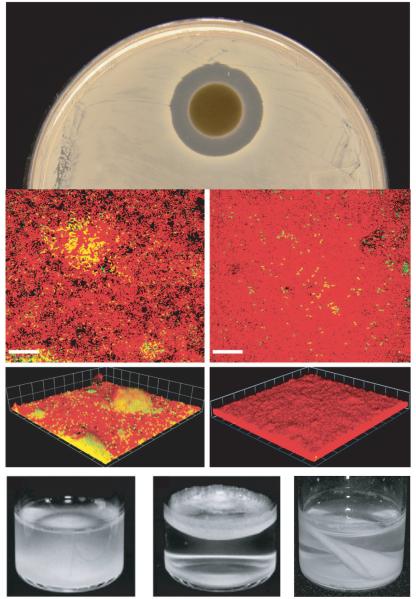Figure 1. Examples of interference competition between bacterial species.
Top panel:. Many bacterial species produce antimicrobial toxins which facilitate interference competition with other species; pictured is a zone of inhbition in a lawn of Bacillus subtilis surrounding a paper disk soaked with culture supernatant from Burkholderia thailandensis, an antimicrobial producer (picture courtesy B. Duerkop). Middle panel: In biofilm cocultures, Pseudomonas aeruginosa (red cells) blankets the surface of Agrobacterium tumefaciens (green cells- overlay of the two cells is yellow). Biomass of A. tumefaciens decreases in the biofilms over time (left panel represents 24 h growth, right is 164 h), in a mechanism at least partly dependent on quorum sensing by P. aeruginosa (See box 2). Figure reproduced with permission from 58. Bottom panel: Overproduction of EPS by mutant strains of Pseudomonas fluorescens (middle, compared to the parent at left) enables these organisms to position themselves in the favorable environment of the air-liquid interface of liquid cultures, where oxygen is more plentiful. However, EPS production is a phenotype vulnerable to social cheating. If sufficient cheaters that fail to produce EPS accumulate in the floating mat, it will collapse (right). Left and middle panels reproduced with modification from 29, right panel courtesy P. Rainey.

